Exceptional diamonds and a Kashmir sapphire headline Bonhams Fine Jewellery Sale
Lot 121. A 14.13 carats cushion-shaped Kashmir sapphire single-stone ring. Estimate £600,000 - 800,000 (€670,000 - 900,000). Photo: Bonhams.
LONDON.- An exceptional collection of gemstomes and jewellery will lead the final Bonhams London Fine Jewellery sale of 2016 on Sunday 4th December.
Gracing the catalogue front cover is an extremely rare Kashmir sapphire single-stone ring, weighing 14.13 carats. The cushion-shaped sapphire has no indications of heating and is estimated at £600,000–800,000.
Jean Ghika, Head of Jewellery for Bonhams UK and Europe, says: "Kashmir sapphires are amongst the most highly prized gems for serious collectors. The mines, located high in the Himalayan mountain range in north west India, were only open for a period of approximately 30 years from the late 1880s onwards. Supplies were soon exhausted, making an example of this size a very rare specimen.”
Lot 121. A 14.13 carats cushion-shaped Kashmir sapphire single-stone ring. Estimate £600,000 - 800,000 (€670,000 - 900,000). Photo: Bonhams.
The cushion-shaped sapphire, weighing 14.13 carats, within a double four-claw setting, ring size M½
Accompanied by a report from AGL stating that the sapphire is of Kashmir origin, with no indications of heating. Report number CS 1079419, dated 24 October 2016.
Accompanied by a report from SSEF. Please contact the Jewellery Department for further details.
Accompanied by a report from GCS stating that the sapphire is of Kashmir origin, with no indications of heating. Report number 5776-6623, dated 5 August 2016.
Provenance: This sapphire has been in the vendor's family for at over 100 years. It was acquired by the vendor's grandfather during his travels in Asia in the early 20th century.
"In India my eyes have been dazzled by such jewels as never have been seen by the Western world."
Sapphires hailing from Kashmir display a vivid velvety blue hue that is unique to the region. They are among the most highly-prized gems due to their rarity and their scarcity; while there are still superfine sapphires to be found in Burma and Sri Lanka, no mining activity has taken place in Kashmir for many decades and the mine that yielded the finest specimens was largely exhausted by 1887, after only six years of production.
Kashmir sapphires were first discovered in the late 1870s/early1880s high up in the snow-clad Great Himalayas of north-western India where a landslide revealed hitherto unknown deposits in a rock valley 4500m above sea level. By 1882 the Maharaja of Kashmir had taken control of the mine that could only be worked from July-September each year due to the high altitude and near perpetual heavy snowfall. Because of its remote location mining techniques were always primitive. This first mine, known as the Old Mine, was really just a series of shallow pits sunk into the rock. Apparently, the first specimens were so huge and abundant, they were studded in places as thick as "plums in a pudding" and could be plucked from the rock. By 1887 the Old Mine was nearly exhausted and a New Mine, on the valley floor 250m below, gave up some fine sapphires but they were generally of lesser quality, size and quantity. The area was worked sporadically until the late 1920s/early 1930s but the glory years of the 1880s were never repeated. Legend tells that the finest stones from this 30-40 year period were all acquired by the Maharaja and jealously guarded in the chambers of the Kashmir State Treasury. British geologist, Charles Stewart Middlemiss, Superintendent of the Mineral Survey of Jammu and Kashmir State from 1917 until 1930, recorded seeing some of this fabled hoard, describing the sacks of rough and cut gems as a "king's ransom", with some sapphires the size of polo balls.
Today, Kashmir sapphires set the standard against which all other sapphires are measured and are avidly sought by collectors who are prepared to pay princely sums for top-quality specimens from this extraordinary period in the history of gemmology.
The global appetite for coloured diamonds has hit the headlines in 2016 and Bonhams is delighted to present a Fancy pink-brown diamond ring for sale at the auction. The step-cut diamond weighs 21.33 carats and is estimated at £600,000–800,000.
For those searching for the perfect white diamond this Christmas, Bonhams will also be offering a number of diamonds in a variety of shapes and sizes during its sale which commences at 10.30am on Sunday 4 December 2016.
The top white diamond lot is a 12.08 carats pear-shaped diamond single-stone ring, estimated at £500,000–700,000. Coming from a private collection created in the 1970s, the gemstone is accompanied by a report from GIA stating that the diamond is D colour, VVS1 clarity.
Lot 119. A 12.08 carats, D colour, VVS1 clarity pear-shaped diamond single-stone ring. Estimate £500,000 - 700,000 (€560,000 - 790,000). Photo: Bonhams.
Set with a pear-shaped diamond, weighing 12.08 carats, French workshop mark, French assay mark, ring size K, accompanied by a Van Cleef & Arpels pouch
Accompanied by a report from GIA stating that the diamond is D colour, VVS1 clarity. Report number, 2175679367, dated 9 June 2016.
Art Deco jewellery set to capture collectors’ interest:
For jewellery lovers and collectors, the Bonhams sale also includes three impressive lots created in the Art Deco period, featuring emeralds. The first,an Art Deco Emerald and Diamond Bracelet, by Cartier, circa 1935, isestimated at £80,000–100,000. The bracelet has been designed with aseries of undulating square-shaped links pavé-set with brilliant-cut diamonds, each centrally set with a cut-cornered step-cut Colombian emerald.
Lot 118. An Art Deco emerald and diamond bracelet, by Cartier, circa 1935. Estimate £500,000 - 700,000 (€560,000 - 790,000). Photo: Bonhams.
Jean Ghika comments: “It is more unusual to see an Art Deco piece with coloured stones given the majority of pieces from the period consist mainly of white diamonds. This splash of colour makes the bracelet a real statement piece and is a wonderful example of Cartier in its Art Deco heyday.”
The second lot is a very elegant Art Deco Emerald and Diamond Bracelet, by Chaumet, circa 1930. The bracelet is set with five cabochon emeralds, of sugarloaf and oval shape, alternating with old brilliant-cut diamonds. Estimated at £100,000–150,000, the emeralds are of Colombian origin.
Lot 115. An Art Deco emerald and diamond bracelet, by Chaumet, circa 1930. Estimate £500,000 - 700,000 (€560,000 - 790,000). Photo: Bonhams.
Set with five cabochon emeralds, of sugarloaf and oval shape, alternating with old brilliant-cut diamonds, between courses of tapered baguette-cut diamonds and baguette-cut diamond buckle-shaped links, emeralds approximately 25.00 carats total, Chaumet maker's mark, French assay mark, length 16.2cm
Accompanied by a report from SSEF stating that the emeralds are of Colombian origin, with indications of moderate oil in fissures. Report number 88465, dated 25 October 2016.
Accompanied by a report from C. Dunaigre Switzerland stating that the emeralds are of Colombian origin, with indications of insignificant to minor clarity enhancement. Report number CDC 1005402/1-5, dated 13 May 2010.
The third lot, a 1920s Art Deco Emerald Single-Stone Ring, is set with an impressive step-cut emerald, weighing 14.70 carats. Estimated at £150,000–200,000, this gem-quality emerald is of Colombian origin, with no indication of clarity modification. It is also accompanied by an appendix letter from the world-renowned SSEF Laboratory stating that this stone merits special mention and appreciation.
Lot 117. An Art Deco 14.70 carats cut-cornered step-cut Colombian emerald single-stone ring, circa 1920. Estimate £150,000 - 200,000 (€170,000 - 230,000). Photo: Bonhams.
The large cut-cornered step-cut emerald, weighing 14.70 carats, within a gallery decorated with rose-cut diamonds, between shoulders set with old brilliant, single and rose-cut diamonds, mounted in platinum, French assay mark, ring size N½
Accompanied by a report from SSEF stating that the emerald is of Colombian origin, with no indication of clarity modification. Report number 88466, dated 25 October 2016.
Accompanied by an appendix letter from SSEF stating that a natural emerald from Colombia of this size and quality is rare and exceptional and merits special mention and appreciation. The emerald demonstrates hallmarks of Colombian emeralds from the famous mining areas of Muzo, Coscuez and Chivor.
Accompanied by a report from C. Dunaigre Switzerland stating that the emerald is of Colombian origin, with indications of insignificant clarity enhancement. Report number CDC 1305503, dated 13 May 2013.
Accompanied by a report from the French Gemological Laboratory stating that the emerald is of Colombian origin, with indications of minor clarity enhancement. Report number 206257, dated 13 March 2013.
Eternally elegant pearls
No jewellery sale would be without what is regarded as the most elegant and classic of lots – natural pearls. Natural pearls continue to be in demand globally as a result of waning supply due to over fishing and pollution.
The first notable lot up for auction isa pair of Natural Pearl and Diamond Pendent Earrings. Measuring 11.8mm-19.15mm and 11.75mm-19.95mm respectively the earrings are estimated at £40,000–60,000.
Lot 111. A pair of natural pearl and diamond pendent earrings. Estimate £40,000 - 60,000 (€46,000 - 68,000). Photo: Bonhams.
Each surmount designed as a cluster of brilliant, tapered baguette and baguette-cut diamonds, suspending an 11.80 x 19.15mm and 11.75 x 19.95mm pearl, diamonds approximately 6.40 carats total, central clusters detachable to be worn as earstuds, length 6.9cm
Accompanied by a report from SSEF stating that the pearls are natural, saltwater. Report number 88223, dated 24 October 2016.
The second notable lot is a Single-Strand Natural Pearl Necklace. The 93 natural pearls, graduating in size from 5.3mm–12.00mm are estimated at £80,000–120,000.
Lot 112. A single-strand natural pearl necklace. Estimate £80,000 - 120,000 (€91,000 - 140,000). Photo: Bonhams.
Accompanied by a report from SSEF stating that the pearls are natural, saltwater. Report number 88224, dated 12 October 2016.
Iconic Van Cleef & Arpels jewellery
Signed jewellery from Van Cleef & Arpels is always souht after and Bonhams London is offering a number of excellent examples of pieces in its sale. These include:
Lot 103. A Gold and Diamond Necklace-Bracelet combination, Earclip and Ring Suite by Van Cleef & Arpels, circa 1970. Estimate £40,000 - 50,000 (€46,000 - 57,000). Photo: Bonhams.
The longchain of oval textured linking, some partially decorated with brilliant-cut diamonds, accompanied by a pair of pendent earclips and a bombé ring of similar design, diamonds approximately 13.20 carats total, long chain detaches and may be worn as a shorter necklace and a pair of bracelets or as four bracelets, necklace/bracelet combination has six clasps and signed VCA, respectively numbered 658, 659, 660, 661, 22161, 23251, earclips signed VCA, numbered 22410, ring signed VCA, numbered 22700, French marks on all, longchain length 81.2cm, bracelet length 18.5cm, earclip length 4.6cm, ring size K (6).
Lot 38. A Cultured Pearl, Turquoise, Sapphire and Diamond Necklace and Earclip Suite by Van Cleef & Arpels, circa 1975. Estimate £15,000 - 20,000 (€17,000 - 23,000). Photo: Bonhams.
The necklace set with a detachable brooch/pendant of openwork cluster design, set with brilliant-cut diamonds, cabochon turquoise and sapphires and a central cultured pearl in wirework settings, suspended from a long fancy-link chain decorated at intervals with sapphire and turquoise beads, the cluster earclips of similar design,diamonds approximately 6.00 carats total, brooch/pendant signed Van Cleef & Arpels, numbered 7936.CS, workshop marks, French assay marks, chain signed VCA, numbered 7936.CS, French assay marks, earclips signed Van Cleef & Arpels, numbered 7910.CS, workshop marks, French assay marks, brooch/pendant length 5.4cm, necklace length 59.30cm, earclip length 2.2cm (2).
Lot 101. A Gold and Diamond ‘Ludo-Hexagone’ Bracelet by Van Cleef & Arpels, circa 1937-40. Estimate £25,000 - 30,000 (€28,000 - 34,000). Photo: Bonhams
The highly articulated strap of hexagonal links, each star-set with a single-cut diamond, to a polished buckle-shaped clasp pavé-set with old brilliant and single-cut diamonds, mounted in yellow gold, diamonds approximately 6.00 carats total, signed Van Cleef & Arpels, numbered 44.597, partial workshop mark, French assay mark, length 18.0cm, Van Cleef & Arpels case.
Note: Van Cleef & Arpels's "Ludo" bracelets are some of the firm's most innovative designs from the 20th century. The first examples were plain brick-link straps with simple clasps, the later models becoming increasingly ingenious and elaborate, culminating in the "Ludo-Hexagone" in 1935. The secret behind the Ludo-Hexagone's tactile flexibility lay in the masterly way in which gold hexagons were fitted together in a honeycomb pattern that was both strong yet delicate and very, very supple. In the more fanciful models, such as the one offered here, the hexagons were inset with diamonds within a sunburst motif and the whole offset by a sculptural buckle clasp decorated with diamonds with ingenious push-and-release mechanism.
Cartier themed animal jewellery ready to fly at the sale
Animals feature in many fine jewellery collections from the great houses, past and present. The Bonhams December sale will feature the following animal themed pieces, all by Cartier:
Lot 86. A Lapis Lazuli, Onyx, Emerald, Sapphire and Diamond 'Panthère' Brooch, by Cartier, circa 1995. Estimate £120,000–180,000 (€140,000 - 210,000). Photo: Bonhams
The sprawled panther resting on a lapis lazuli branch, the body pavé-set with brilliant-cut diamonds and shaped and polished sapphire 'spots', the eyes set with pear-shaped emeralds and the nose of carved onyx, one hind leg, the hanging paw and the head are articulated, signed Cartier, numbered 608847, workshop marks, French assay marks, width 7.6cm, fitted Cartier presentation case
Notes: The "Panthère" is one of Cartier's most famous and enduring jewelled motifs. As early as 1913, chief designer Charles Jacqueau (1885-1968) was toying with the idea of a panther; he is credited as the possible creator of Cartier's inaugural jewel featuring distinctive leopard spots in 1914. The panther was propelled further into the fabric of the company's profile by French artist George Barbier whose illustration, Lady with a Panther, originally intended as invitation to an exhibition, so impressed Louis Cartier that it became part of the maison's advertising campaign.
Designers in the first half of the 20th century were fascinated with the unusual and the mysterious. Exotic wild animals fired artistic imagination and fabulous furs were all the rage, not just to wear but to decorate your surroundings. The studios of fashion designers and photographers were swathed in panther skins and dazzling personalities and society dames, including Sarah Bernhardt, Josephine Baker and the Marchesa Luisa Casati, owned cheetahs as pets. The prowling feline embodied all that was glamorous, sultry and powerful.
Jeanne Toussaint, whose nickname was La Panthère, was a close friend and protégée of Louis Cartier. Famous for her tiger skin coats and for the panther and leopard pelts that adorned her apartment, Toussaint regarded the big cat as symbolic of a woman's mystery and allure. In 1933 she became the firm's artistic director and her collaboration with designer Peter Lemarchand, who spent hours sketching big cats at the zoo, transformed the panther motif into a three dimensional jewelled object for some of Cartier's most prominent clients. In the late 1940s, when the Duchess of Windsor was wearing her famous panther jewels, American Vogue asserted that leopard print should be worn by a "woman who is certain of her chic, who asserts it with discretion".
By the second half of the 20th century the panthére was globally recognized as synonymous with Cartier style. The first panther to wrap itself around a finger as a ring was made in 1959. As fashions became less formal in the 1960s and 70s, so too did the ever present panther, appearing in quirkier, more playful poses. More unusual materials started to be incorporated into the designs including coral, chalcedony and lapis lazuli. The shift back to power dressing in the 1980s saw a stronger more powerful feline. In 1989 French Vogue paid homage to Jeanne Toussaint, who retired in 1970 aged 83, with an illustration of her in profile. Resting over the image of her head is a diamond and onyx panther, lounging casually on a lapis branch, remarkably similar to the one offered here, and a quote from Dante, "Gives my voice the necessary force that gives the future generation at least a spark of your splendour".
Thus for over 100 years the panther has been the embodiment of Cartier style. Constantly reinventing itself, every decade has seen a new interpretation and the designs remain as contemporary and fresh today as they did a century ago.
Lot 85. A Diamond ‘Panthére’ Ring, by Cartier, circa 1995. Estimate £25,000 - 30,000 (€28,000 - 34,000). Photo: Bonhams
Designed as a lounging panther with articulated head and paws, the body pavé-set with brilliant-cut diamonds, marquise-cut emerald eyes and an onyx nose, diamonds approximately 5.70 carats total, signed Cartier, maker's mark, numbered, French assay mark, ring size L½ (sizing band).
Cartier's panther jewels have embodied the Maison's commitment to innovation and flair for over a century. The creation of a Cartier 'panthére' is one of extraordinary craftsmanship and the medium of platinum allows for astonishing detail. Each piece can take months, even years, to finalise. For a more detailed history of the 'panthére', see lot 86.
Lot 84. An Onyx, Emerald, Sapphire and Diamond ‘Parrot’ Ring, by Cartier, circa 1995. Estimate £25,000 - 30,000 (€28,000 - 34,000). Photo: Bonhams.
The sculpted feathers pavé-set throughout with brilliant-cut diamonds, with an additional brilliant-cut diamond carved sapphire and emerald plume, the eyes set with circular-cut emeralds and the beak of carved onyx, diamonds approximately 3.50 carats total, signed Cartier, maker's mark, numbered 47926, ring size O (sizing band).
he animal kingdom has inspired Cartier's designers since the firm's inception. A veritable bestiary, including panthers, tigers, crocodiles, birds, snakes and even a poodle, has graced the necks, lapels and fingers of Cartier's soigné clientele. From the early 1980s, Creative Director Micheline Kanoui, has continued in the illustrious footsteps of Charles Jacqueau and Jeanne Touissaint.
Rare Bulgari Serpenti
An Enamel and Emerald 'Serpenti' Bracelet-Watch by Bulgari, circa 1965: This is a rare surviving example of the famed Bulgari Serpenti design bracelet watch dating from circa 1965. Estimated at £50,000–60,000, the bracelet is composed of a series of overlapping scales which are rendered in palest blush-pink enamel.
Lot 53. An enamel and emerald 'Serpenti' bracelet-watch, by Bulgari, circa 1958-65. Estimate £50,000 - 60,000 (€57,000 - 68,000). Photo: Bonhams.
The highly articulated bracelet designed to loop around the wrist in multiple coils, the scales rendered in pale blush-pink enamel, the serpent's head with forked tongue and pear-shaped emerald eyes, opening to reveal a circular watch dial, signed Bulgari, dial signed Jaeger LeCoultre, case numbered 636414, width when coiled 5.5cm, maker's pouch
Notes: The emblem of the serpent has been used in jewellery design since antiquity and from the 1940s the motif was taken up by Bulgari who turned this auspicious symbol of eternity into a watch.
The manufacture of each "Serpenti" was elaborate. At their core was a white gold spring which enabled the snake to coil around the wrist of a mid-20th century fashionista as firmly and as sinuously as would the real reptile have wound around the arm of an ancient Minoan snake goddess. The body of the serpent was painstakingly constructed out of handmade sheet gold and enamelled elements which were fitted and screwed together around the spring. The watch was concealed in the head, the dial lying beneath a hinged cover and the customised movements were supplied by Jaegar LeCoultre, Audemars Piguet, Movado or Vacheron Constantin.
Bulgari's "Serpenti" line is still one of the firm's most popular designs, much admired and much imitated. The example offered here is a fine example made during the glamorous years of La Dolce Vita.
For examples of 'Serpenti' bracelet-watches by Bulgari see Triossi, A. (ed.), "Bulgari: Between Eternity and History", Milan, 2009, pp. 188-199.
Calling all Grima collectors
Bonhams has a long held reputation for selling pieces created by the famed society jeweller Andrew Grima. The Anglo-Italian designer became known as the doyen of modern jewellery design in Britain in the Sixties and Seventies. On offer is a Ruby, Diamond and Gold Choker by Andrew Grima. The meandering 18 carat yellow gold ‘brick texture’ choker, set with oval cabochon rubies and brilliant-cut diamonds, is accompanied by the original design sketch by Andrew Grima, signed and dated 1986. It is estimated at £6,000–8,000.
Lot 71. A ruby, diamond and gold choker, by Andrew Grima, 1986-7. Estimate £50,000 - 60,000 (€57,000 - 68,000). Photo: Bonhams.
The meandering 18 carat yellow gold 'brick texture' choker, graduated towards the front, collet-set with oval cabochon rubies and brilliant-cut diamonds, diamonds approximately 1.90 carats total, rubies approximately 90.30 carats total, signed Grima, maker's mark TES for Tom Scott, London hallmark, length 35.1cm, fitted Grima case
Accompanied by the original design sketch by Andrew Grima, signed and dated 1986. This collar was produced in Tom Scott's Soho workshop. Scott worked with Andrew Grima throughout his career and was responsible for making many of Grima's designs.
The auction takes place at Bonhams, 101 New Bond Street on Sunday 4 December at 10.30am and bids can be placed online on Bonhams website www.bonhams.com, via telephone, in writing, and also in person on the day of the sale. Details and full information on all 121 lots featured in the sale can be found here.
Bonhams sells more jewellery lots each year than any other international house and has more dedicated jewellery auctions annually.
Bonhams Hong Kong Rare Jewels and Jadeite sale takes place on 30 November 2016. Bonhams New York Fine Jewellery sale takes place on 6 December 2016;

/https%3A%2F%2Fprofilepics.canalblog.com%2Fprofilepics%2F1%2F0%2F100183.jpg)
/https%3A%2F%2Fstorage.canalblog.com%2F03%2F02%2F119589%2F96711876_o.jpg)
/https%3A%2F%2Fstorage.canalblog.com%2F11%2F31%2F119589%2F94773502_o.jpg)
/https%3A%2F%2Fstorage.canalblog.com%2F20%2F83%2F119589%2F94772815_o.jpg)
/https%3A%2F%2Fstorage.canalblog.com%2F26%2F72%2F119589%2F75604929_o.jpg)
/https%3A%2F%2Fstorage.canalblog.com%2F59%2F60%2F119589%2F26458628_o.jpg)

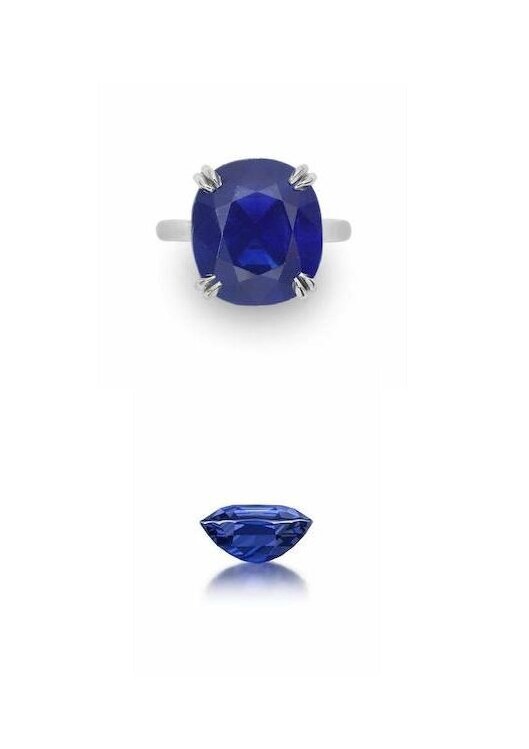

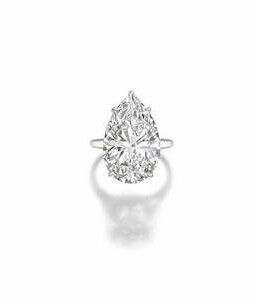


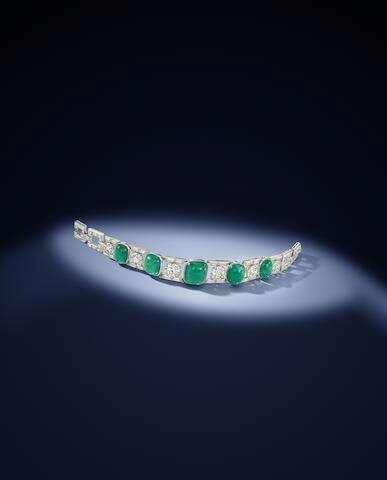

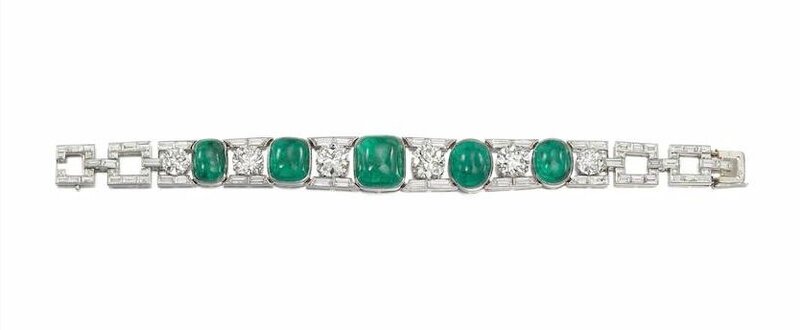

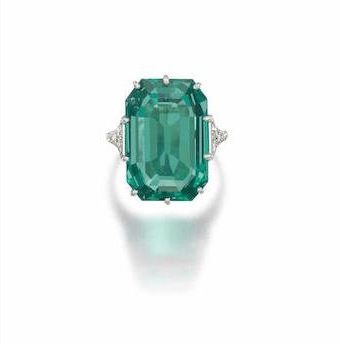





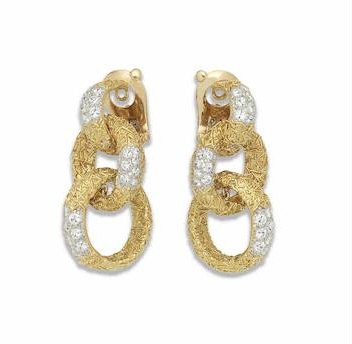





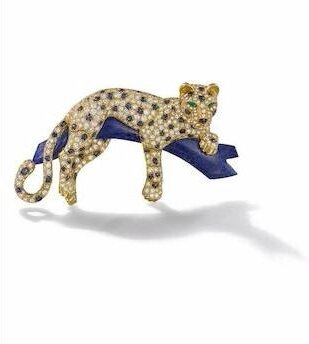

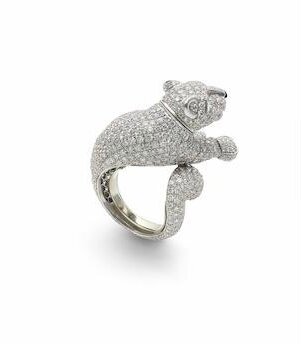
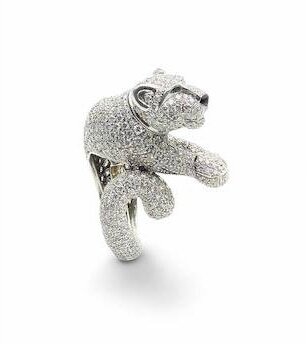
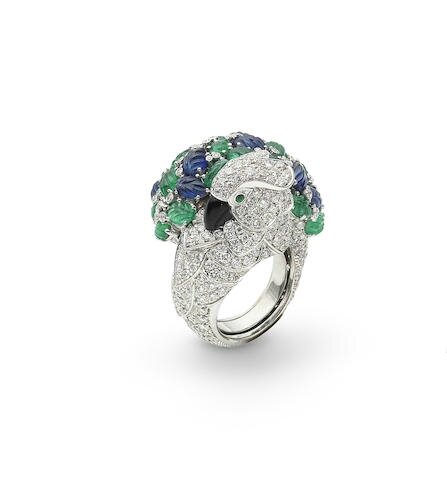

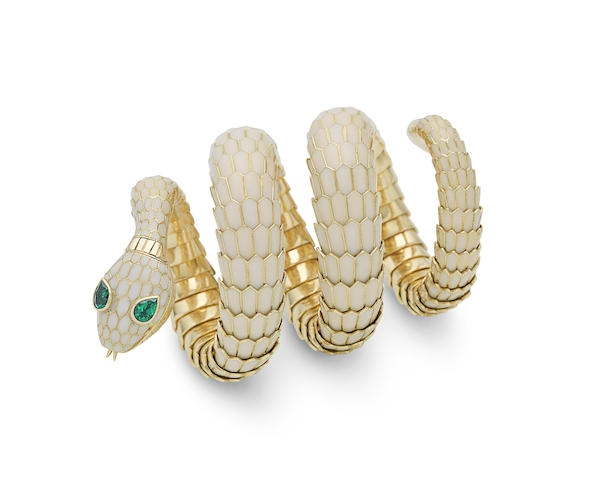


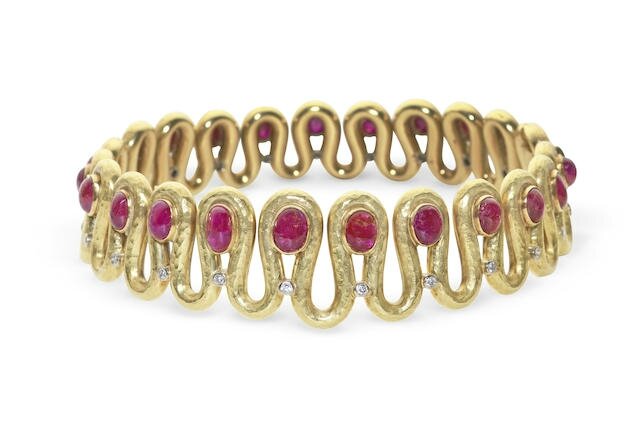


/image%2F1371349%2F20240315%2Fob_456a00_f12fdad5-0750-48f5-ae8f-7bd6836745f7.jpg)
/http%3A%2F%2Fstorage.canalblog.com%2F86%2F67%2F119589%2F129815803_o.png)
/http%3A%2F%2Fstorage.canalblog.com%2F40%2F54%2F119589%2F128112000_o.jpg)
/http%3A%2F%2Fstorage.canalblog.com%2F97%2F36%2F119589%2F128062654_o.png)